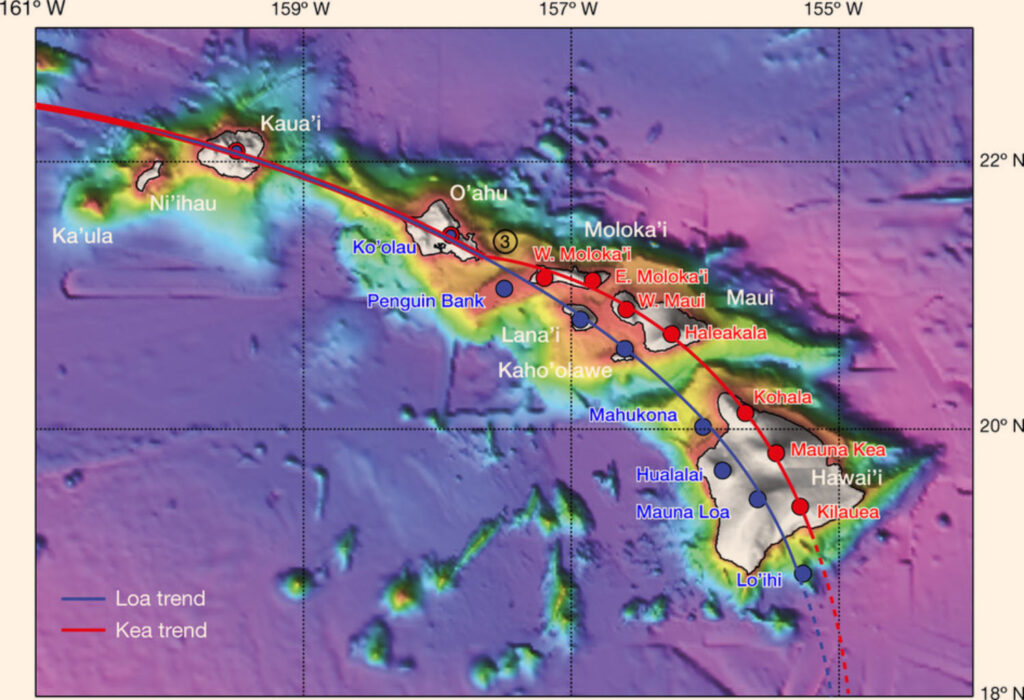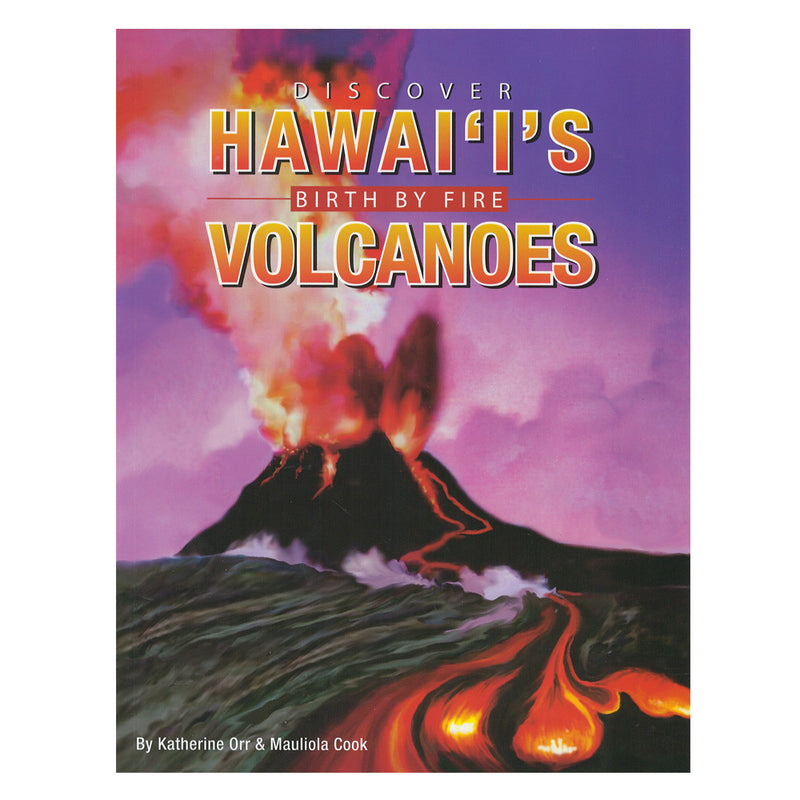Have you ever wondered what lies beneath the stunning landscapes of Hawaii? Well, brace yourself, because we’re about to unleash the mysteries of Hawaii’s volcanoes! From breathtaking lava flows to mesmerizing crater lakes, Hawaii’s volcanic wonders are a sight to behold. In this article, we’ll delve deep into the fascinating world of these volcanic marvels, giving you a front-row seat to their awe-inspiring beauty and captivating history. So, get ready for an adventure unlike any other!
Picture this: You’re standing on the edge of a massive crater, the earth rumbling beneath your feet. The air is thick with the scent of sulfur and the heat fills the atmosphere. As you peer into the abyss, you catch a glimpse of the fiery lava bubbling and churning deep within. This is just a taste of what awaits you in Hawaii’s volcanoes. These majestic geological formations are the result of millions of years of volcanic activity, shaping the islands into what they are today. In this article, we’ll take you on a journey through time, unraveling the science behind Hawaii’s volcanoes and their impact on the islands’ rich culture and ecology. So, if you’re ready to witness the power and beauty of these natural wonders, let’s dive right in!

Hawaii, a tropical paradise in the Pacific Ocean, is famous for its stunning landscapes, pristine beaches, and vibrant culture. But what truly sets this archipelago apart is its volcanic origins. The Hawaiian Islands were formed by a series of volcanic eruptions that gave birth to some of the most awe-inspiring and majestic volcanoes in the world. In this article, we will embark on a journey to explore the formation, characteristics, and cultural significance of Hawaii’s volcanoes.
The formation of Hawaii’s volcanoes can be credited to a unique geological phenomenon known as hotspots. These hotspots are fixed sources of magma that rise from deep inside the Earth’s mantle, creating a chain of volcanic islands as the Pacific tectonic plate moves over them. The Hawaiian hotspot is one of the most well-known examples of this process. As the Pacific plate moves northwestward, new volcanoes are created, while older ones become dormant and eventually erode over time.
The creation of the Hawaiian Islands began millions of years ago, with the eruption of the oldest volcano in the chain, the island of Kauai. As the Pacific plate continued to move, new volcanoes formed, giving rise to stunning islands such as Oahu, Maui, and Hawaii, also known as the Big Island. Each island represents a different stage in the life cycle of a volcano, from active to dormant to extinct.
Hawaii is home to three main types of volcanoes: shield volcanoes, stratovolcanoes, and cinder cones. Shield volcanoes, such as Mauna Kea and Mauna Loa, are characterized by their large, gently sloping profiles. These volcanoes are built up by countless layers of hardened lava flows and are known for their impressive size and relatively calm eruptions.
Stratovolcanoes, on the other hand, are steeper and more explosive in nature. They are composed of layers of lava, ash, and volcanic debris and can reach great heights. The most famous stratovolcano in Hawaii is Kilauea, renowned for its violent eruptions and lava flows.
Lastly, cinder cones are the smallest and most common type of volcanic landform in Hawaii. They are created by explosive eruptions, which eject small fragments of lava into the air. Some of the cinder cones in Hawaii can be found within the larger volcanic complexes, adding to the diverse and ever-changing landscape of the islands.
Kilauea, located on the eastern side of the Big Island, is one of the most active volcanoes in the world. It stands as an awe-inspiring testament to the power of nature and has become a symbol of Hawaii’s volcanic legacy. The volcano has been continuously erupting since 1983, making it the longest-lasting eruption in recorded history.
Kilauea’s eruptive history stretches back thousands of years, with numerous significant eruptions shaping its landscape. One of the most notable eruptions occurred in 1959 when a massive lava fountain reached a height of 1,900 feet, captivating onlookers and experts alike. More recently, in 2018, Kilauea experienced a series of eruptions that led to widespread destruction, including the loss of hundreds of homes.
Given the constant activity of Kilauea, monitoring the volcano is of utmost importance. The Hawaiian Volcano Observatory, operated by the U.S. Geological Survey, plays a crucial role in tracking volcanic activity and providing vital information to the public. Through the use of seismometers, gas monitoring instruments, and satellite data, scientists are able to detect changes in volcanic behavior and issue timely warnings to ensure the safety of residents and visitors.

Mauna Loa, another prominent volcano on the Big Island, is the largest active volcano on Earth. Its name in Hawaiian means “long mountain,” which perfectly describes its massive size and elongated shape. Mauna Loa’s eruptions are typically less explosive than those of Kilauea but can still lead to significant lava flows and volcanic gas emissions.
Mauna Loa has a long and rich eruptive history, with its first recorded eruption taking place in 1843. Since then, it has erupted numerous times, with the most recent eruption occurring in 1984. During its eruptions, Mauna Loa can release vast amounts of lava, covering large areas of land and reshaping the island’s topography.
The volcanic activity of Mauna Loa has played a pivotal role in shaping the geology of the Big Island. The lava flows from its eruptions have not only created new land but have also added a great place for sightseeing when you visit Hawaii.